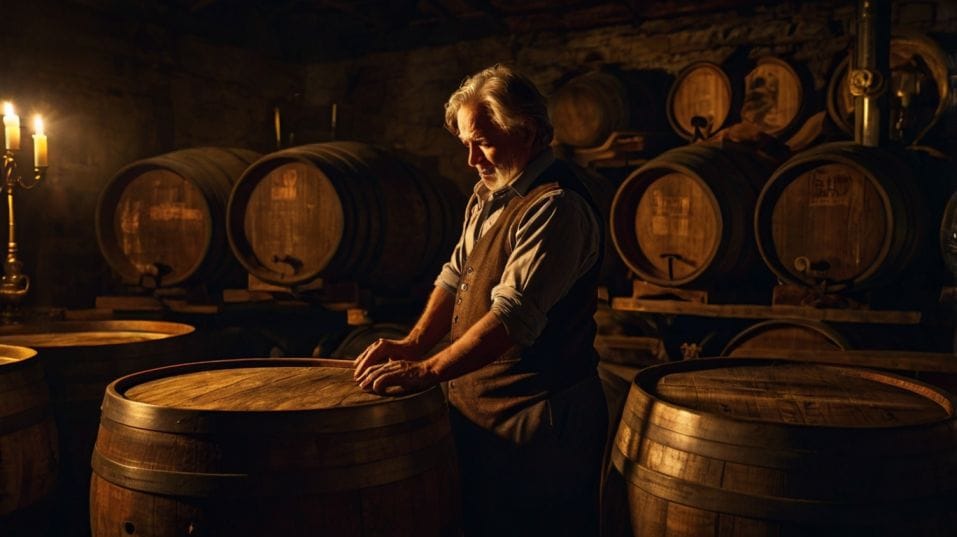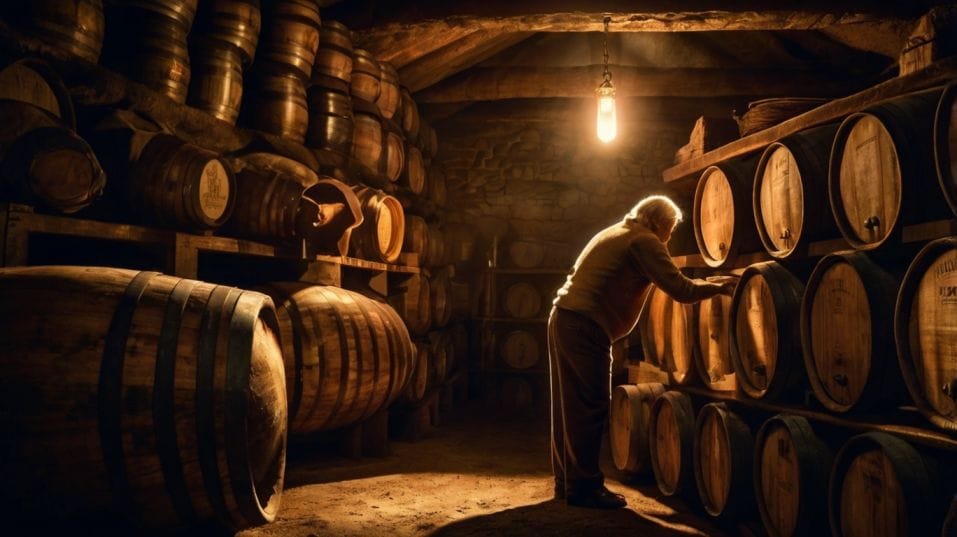Myths About Whiskey Aging That Won’t Die
Think older whiskey is always better? Bust the biggest aging myths and learn how to drink, collect, and explore whiskey with real confidence.

Is older whiskey really better—or just older? If you're starting your whiskey journey, it's easy to assume age equals quality. But aging isn’t a golden rule.
It’s a variable. And when misunderstood, it can lead to overpriced, overhyped bottles that fall flat.
In this guide, we’ll bust the most stubborn myths about whiskey aging so you can collect smarter, drink better, and trust your palate over the label.
Myth: Older Whiskey Is Automatically Better
Age can be a sign of quality—but only if everything else is done right. Whiskey doesn’t improve just because it sits in a barrel longer. It improves until a point.
Beyond that, the wood can overpower the spirit, flatten the flavors, or dry out the finish. A 24-year-old single malt might be exceptional, or it might taste like furniture polish.
Whiskey matures differently depending on climate, cask, warehouse environment, and distillation style.
In hotter climates like Kentucky or Taiwan, aging happens faster. A 6-year bourbon can taste like a 15-year Scotch in terms of oak extraction and flavor integration.
In cooler regions like Scotland or Ireland, aging takes its time—and the reward is usually subtlety, not intensity.
The real measure of a whiskey isn’t how old it is. It’s how well the age supports the character of the distillate. A 10-year whiskey that nails that balance will always be more satisfying than an over-oaked 20-year pour.

Myth: Color Reveals Quality
There’s something seductive about a deep mahogany whiskey in the glass. It looks rich, mature, important. And while color can tell you something about barrel influence, it doesn’t guarantee complexity.
A light, straw-colored whiskey might have been aged in refill casks, which bring more nuance and let the spirit shine.
A darker pour could come from heavily charred barrels or even coloring additives like E150a (common in Scotch, though not always disclosed).
Bottom line: don’t judge by shade. Instead, pay attention to aroma and palate structure. A beautiful nose, a layered mid-palate, a clean or lingering finish—that’s where quality lives, not in the depth of gold or brown.
Myth: More Oak Equals More Flavor
The barrel is whiskey’s shaping force, no question. It imparts spice, sweetness, tannin, texture. But more oak doesn’t always mean better flavor.
There’s a limit to how much extraction is beneficial. Over-aging can lead to too much wood, too little character.
Think of oak like salt in cooking: essential, but easy to overdo. New oak gives aggressive notes like vanilla, clove, coconut.
Used casks provide gentle oxidation and complexity over time. The trick is balance. You want the oak to work with the spirit, not drown it out.
Skilled producers taste barrels regularly and make decisions based on flavor development, not age targets. Learn to recognize when the oak enhances the experience—and when it’s masking flaws.
Myth: Age Is the Primary Quality Indicator
It’s not. Not even close. Fermentation technique, yeast strain, distillation speed, cut points, cask type, warehouse location—these matter as much as age, often more.
For example: a high-quality new-make spirit, distilled slowly with wide copper contact, will age gracefully and pick up complexity even at a younger age.
A rushed distillation with off-notes might need extra years in oak to smooth out, and even then, it won’t reach the same depth.
If you want to taste whiskey like someone who actually understands it, start asking better questions. Who made it? How was it distilled? What kind of wood was used? Where was it aged? Skip the hype. Look under the hood.
Myth: Age Statements Define Value
The market loves age statements because they’re easy to understand. They signal exclusivity, longevity, and (in theory) refinement.
But value isn't always tied to time. It’s tied to flavor. Some distilleries charge a premium just because a bottle is old, not because it's better.
Meanwhile, younger whiskeys from innovative producers are delivering bold, refined experiences without the inflated price.
These spirits are often more vibrant, less over-oaked, and full of distillery character. They're not trying to be older than they are—they're just trying to be good.
The most rewarding bottles often come from people who are transparent about their process and obsessed with quality, not just age.
Final Thoughts
Don’t let the age on a label think for you. Don’t assume dark equals deep. And don’t chase numbers at the expense of flavor. Aging is just one part of the whiskey story—important, but not decisive.
Taste critically. Ask questions. Explore both young and old expressions with intention. And if you find a whiskey that hits your palate just right, it doesn’t matter if it’s 4 years or 24. That’s the bottle you want on your shelf.
So here’s your move: pour something today you would’ve ignored last year. Something young, weird, maybe even underhyped. Drink it slowly. Learn what you actually enjoy. That’s how you build a real whiskey collection. One pour at a time.




